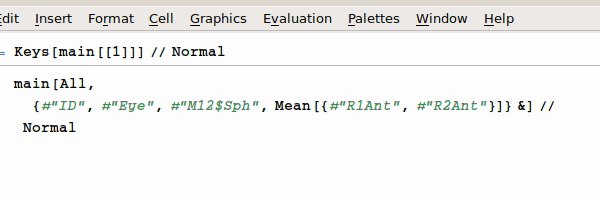Bug introduced in 10 and persisting through 12.0.0
Assume the following simple expression
{#"Test"}&
Now go in front of the # and just start typing another named slot expression. On my system, the front end invalidates the input by magically inserting invisible characters
For a real cool demonstration, look at this
My system is: Mathematica 10.2 on Ubuntu 14.04
Update:
Official response of WRI confirms that it is a bug:
Thank you for taking the time to send in this report. It does appear that entering an additional string (quotation marks) is causing an issue with the front end's box structure, and I have forwarded an incident report to our developers with the information you provided.


Comments
Post a Comment